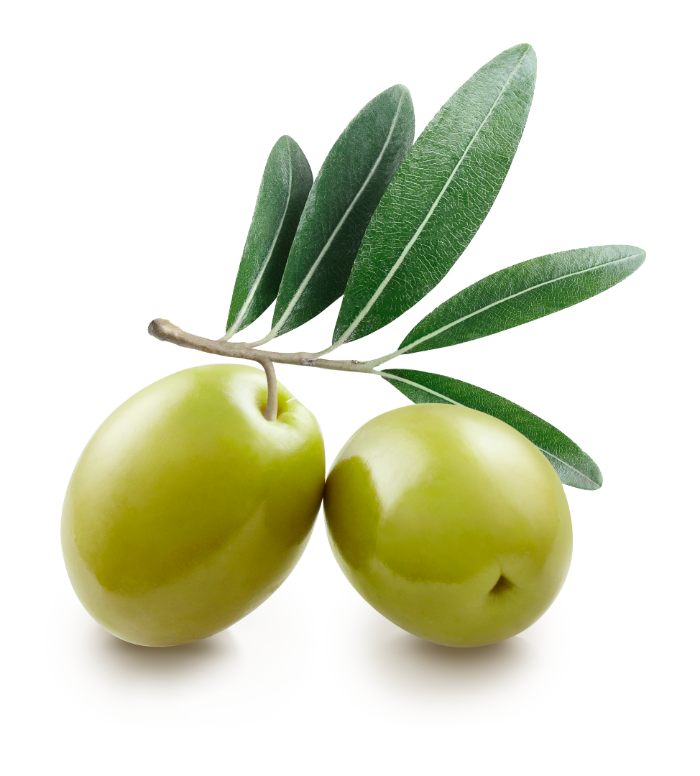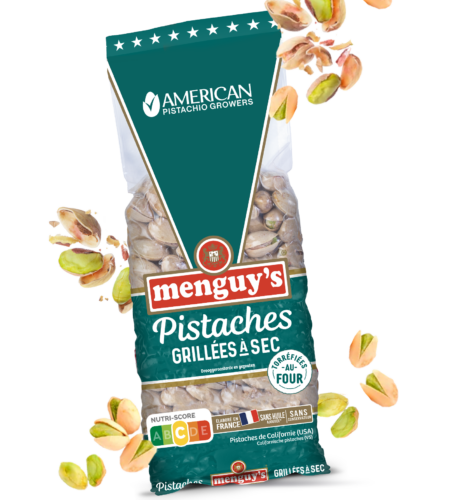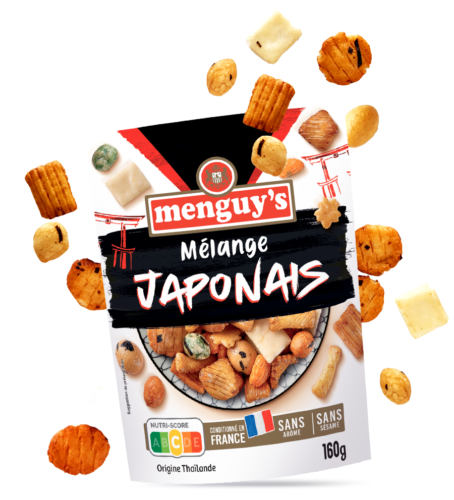
A HIGHLY SYMBOLIC
ANCIENT TREE
The olive tree originated in the Middle East. Its fruit has been a staple of the diet of Mediterranean peoples since ancient times. Its branch is a symbol of victory and peace.
The cultivation of olives in France was well established but declined steeply in favour of vines. Today, only a limited number of olive groves remain in France, however, they are distinguished by their variety and quality.
A RIGOROUS PROCESS.
JUST PERFECT!
Olive trees are very vigorous, they measure 10 to 15 metres in height and produces an average of 15 kg of fruit per year.
They blossom between April and May. The olives are picked by hand in the autumn to avoid any damage to the fruit. There are three grades of ripeness at picking: green, turning, and black.
The harvested olives first undergo a debittering treatment: they are rinsed and left to soak for several days in frequently changed water. Then, they are immersed and preserved in brine, a mixture of salt and water.
When they are prepared in Frontignan, they are desalted and flavoured (with vegetables, spices, herbs etc.) before packaging.


FROM ONE SHORE OF THE MEDITERRANEAN
TO THE OTHER
The cultivation of olive trees is 98% concentrated around the Mediterranean basin. However, olive trees can be found in other parts of the world such as California, South Africa, Australia and Argentina. Currently, Spain remains the main olive-producing country in the world.
Our Menguy’s olive explorers-pickers have selected their suppliers in Spain, Greece and Morocco, for the varieties grown there and for their quality: Beldi, Manzanilla, Coquillos. They are picked at the chosen degree of ripeness and have a natural colour.









